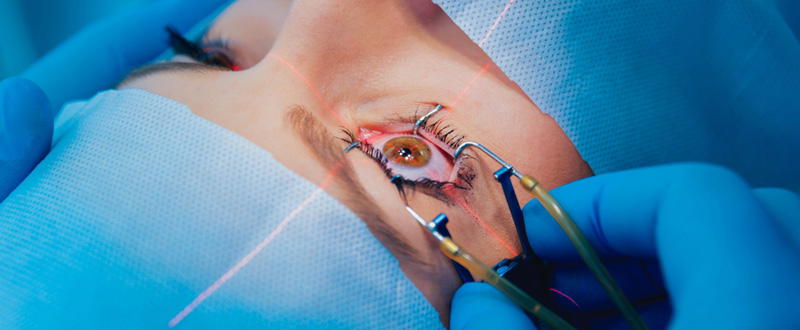Vision correction procedures have transformed millions of lives worldwide, yet prospective patients frequently express concerns about potential risks and complications. Contemporary data from the American Academy of Ophthalmology reveals that serious complications occur in fewer than 1% of procedures when performed by qualified specialists following established protocols. Achieving safe laser eye surgery outcomes requires understanding several interconnected factors that collectively determine procedural success. This article examines the critical elements contributing to safety profiles in modern refractive surgery – from rigorous patient selection criteria and preoperative assessment protocols to technological advancements and surgeon expertise. By understanding these fundamental components, prospective patients can make informed decisions while realistically assessing both the benefits and potential risks associated with these vision-transforming procedures.
Double Eyelid Surgery in Malaysia has gained popularity for its natural-looking results and affordability. Performed by certified surgeons, the procedure enhances eye definition and symmetry. Patients often choose Malaysia for the combination of expert care, modern facilities, and competitive pricing, making it a sought-after destination for aesthetic surgery.
Patient Selection Fundamentals
Contrary to popular perception, not everyone qualifies for laser vision correction. Rigorous screening represents the cornerstone of safe outcomes. Several absolute contraindications exist – including keratoconus (corneal thinning disorder), uncontrolled autoimmune diseases, pregnancy/nursing status, and certain collagen disorders.
Age requirements matter significantly. Most surgeons require patients to be at least 21 years old with stable prescriptions (changing less than 0.5 diopters annually for two consecutive years). This stability requirement ensures the correction remains appropriate long-term.
Corneal thickness plays a critical role. The procedure removes microscopic amounts of tissue, requiring adequate starting thickness. Generally, corneas measuring less than 480 microns centrally pose increased risks for post-surgical ectasia – a serious corneal weakening condition.
Pupil size in dim conditions was historically considered crucial, with larger pupils potentially experiencing more night vision disturbances. However, modern laser platforms with expanded treatment zones have reduced this concern substantially. Still, pupils exceeding 8mm diameter warrant specialized treatment planning.
Advanced Diagnostic Protocols
Contemporary safety protocols extend far beyond basic refraction measurements. Comprehensive topography maps corneal curvature across thousands of points, identifying subtle irregularities invisible to standard testing. Elevation-based systems specifically detect early keratoconus – a condition that dramatically increases complication risks when missed.
Optical coherence tomography provides microscopic cross-sectional imaging of corneal architecture, allowing surgeons to identify epithelial abnormalities and precisely measure flap parameters. This technology detects subtle basement membrane dystrophies that compromise healing when overlooked.
Wavefront aberrometry measures how light actually travels through the entire optical system, identifying higher-order aberrations that affect visual quality. This comprehensive assessment ensures treatments address the full spectrum of optical imperfections rather than basic refractive errors alone.
Surgical Environment Standards
The physical environment significantly impacts safety profiles. True surgical-grade facilities maintain positive pressure ventilation systems with HEPA filtration, reducing airborne contaminants by approximately 99.97% compared to standard office environments.
Temperature and humidity control directly affects laser performance. Research demonstrates optimal ablation occurs between 30-50% relative humidity – significant deviations alter tissue removal rates and potentially impact outcomes. Quality centers monitor these parameters continuously.
Equipment maintenance protocols dramatically influence precision. Excimer lasers require daily calibration and regular preventive maintenance. Centers should maintain detailed logs documenting these procedures and routine quality assurance testing.
Post-Operative Care Importance
Comprehensive aftercare remains essential for detecting and addressing complications before they escalate. Initial examinations typically occur within 24-48 hours, with subsequent visits at one week, one month, three months, six months, and annually thereafter.
Medication protocols typically include antibiotics (preventing infection), steroids (controlling inflammation), and lubricants (managing dry eye symptoms). Strict adherence substantially reduces complication rates compared to interrupted regimens.






